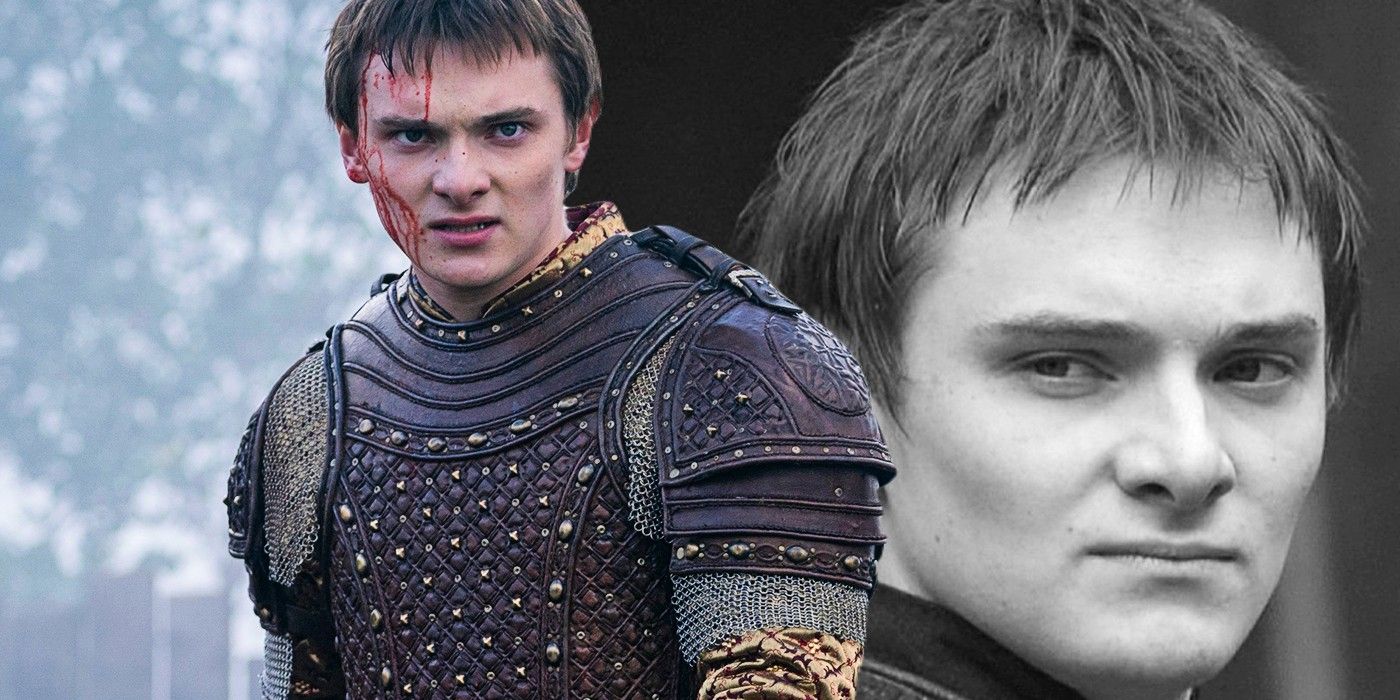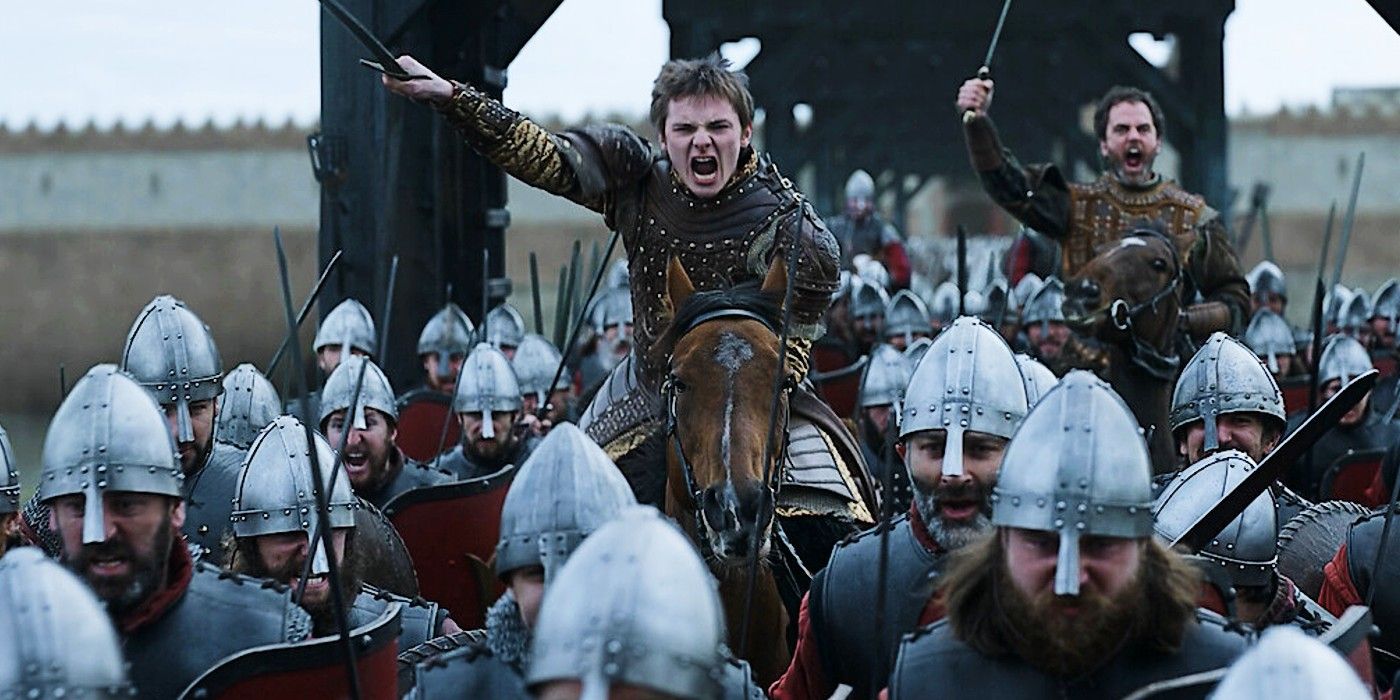Edmund, Vikings: Valhalla’s so-called “boy-king,” was actually much different in real life compared to his fictional counterpart in the show, which diverges from the real Edmund in a number of ways. The show draws inspiration from historical figures, like Leif Eriksson, though often changes a few key details about those individuals in order to tell a fresh and original story. The real King Edmund II ruled over England during the Viking era, but the similarities between him and Valhalla’s Edmund (Louis Davison) begin and end with his title.
Valhalla begins with Aethelred as the King of England, an old man who appears to be in poor health. His son, Edmund, is the next in line to the throne and when he takes up that mantle upon Aethelred’s death, he initially comes off as ill-prepared for the job. However, he begins training in combat and finds his voice during conversations of diplomacy. But the stepson of Emma of Normandy, Rollo’s descendant, quickly becomes a rather arrogant and headstrong ruler. He is called the “boy-king” and for many, they find it hard to take their new king seriously due to his brash and unpredictable actions.
In reality, King Edmund II, known as "Ironside," was really nothing like the character he inspired in Vikings: Valhalla. For starters, Edmund was born in 990 AD and would have been only about 12 years old when the St. Brice’s Day Massacre took place. While Valhalla shows that King Aethelred died shortly after this event and Edmund became king at that time, the real Edmund didn't become king until 14 years later when he was about 25 or 26, much older than Valhalla's teenage king. While King Canute makes fun of Edmund in the show for being so young, they were actually about the same age in reality. In fact, Canute was born between 985 and 995 AD, so the real Edmund may have even been older than the Viking leader.
Unlike the unattached Edmund of Vikings: Valhalla, King Edmund II was married with kids by the time he became king. He also wed Ealdgyth, a woman that his father, Aethelred, had detained at Malmesbury Abbey. Edmund and Aethelred actually had a somewhat contentious relationship, unlike what is seen in the show; Edmund actually married Ealdgyth in defiance of his father to consolidate his power as his new wife came from a powerful family. With her, Edmund had two sons, Edward and Edmund.
Edmund was also much more respected in real life than he is in Vikings: Valhalla. His bravery during the conflict with the Vikings earned him the cognomen “Ironside” from his people, a sign of respect. In Valhalla, Edmund appears childish in his actions, giving in to Canute’s instigations and becoming red in the face as he falls for the Viking's baiting taunts. But while the Edmund of the show gives off Joffrey Lannister from Game of Thrones vibes, King Edmund II was a ruler for the people. In fact, it was his success in repelling Canute's (or Cnut) forces that earned him the "Ironside" nickname.
One thing the Vikings spinoff does get right, however, is that Edmund died shortly after taking the throne, though it's unclear whether it was from disease, wounds sustained in battle, or murder, as in the show. Despite the differences between the two Edmunds, Vikings: Valhalla has crafted an interesting story that hypothesizes what could have been had certain events occurred in a different order in real life. Edmund may come across as an arrogant boy-king in the show, though Edmund Ironside was anything but. Audiences might not realize it just by watching Valhalla, but Edmund was revered by his people.


